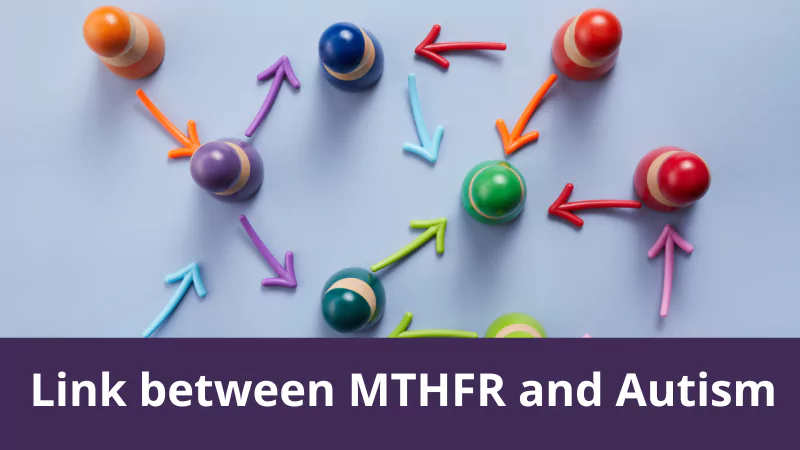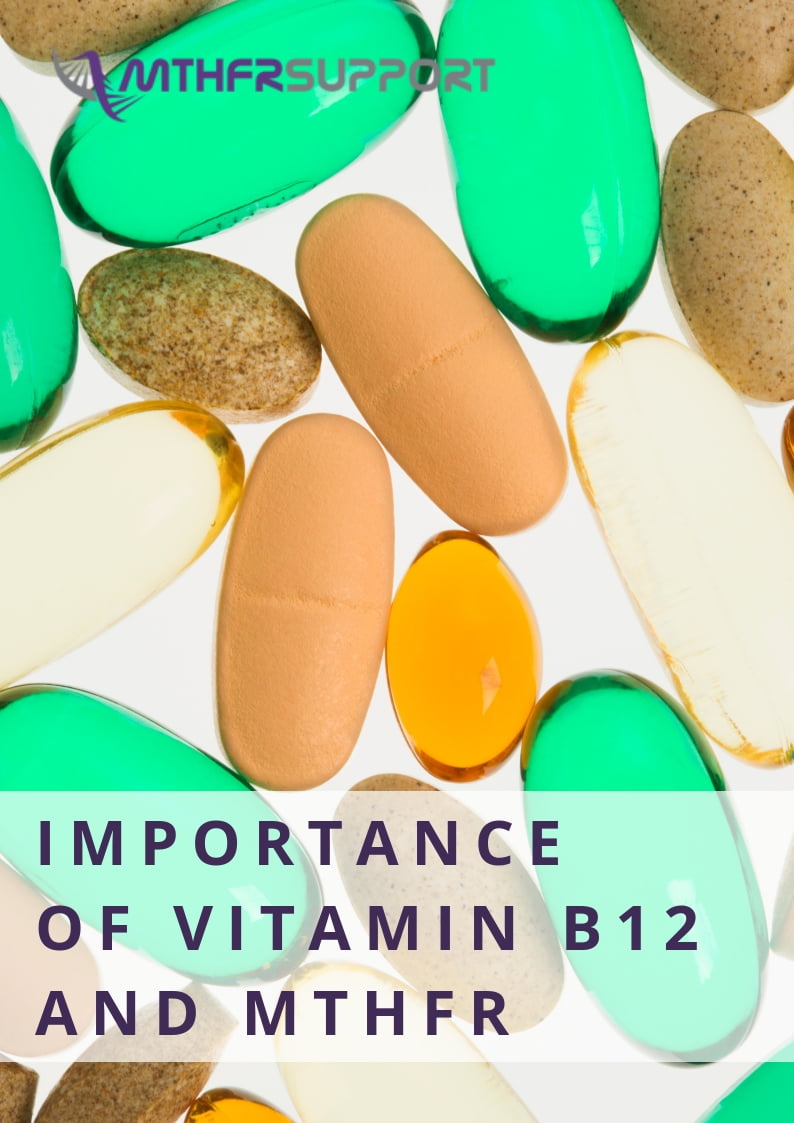What is Autism Spectrum Disorder (ASD)?
Autism is one of the five pervasive developmental disorders (PDD), which are characterized by widespread abnormalities of social interactions and communication, severely restricted interests and highly repetitive behavior.
- Autism is a neurodevelopmental disorder characterized by impaired social interaction, verbal and non-verbal communication, and restricted and repetitive behavior.
- Autism spectrum disorder (ASD) is a complex developmental disability.
The term “spectrum” refers to the wide range of symptoms, skills, and levels of disability in functioning that can occur.
- The lifelong developmental disability affects social interaction, communication, interests and behavior that begins early in childhood and lasts throughout a person’s life. It affects how a person acts and interacts with others, communicates, and learns.
- Generally the etiology of autism is not known.
Research suggests that genetic and environmental factors may both be responsible for the disease.
MTHFR gene and autism
How does this extremely common genetic dysfunction tie in with Autism?
Methylation of DNA not only serves to control gene expression i, but also provides a mechanism through which environmental factors can have long-lasting effects on the genome.
Abnormal methylation patterns as epigenetic defects have been implicated in ASDs.
The methylenetetrahydrofolate reductase enzyme(MTHFR), which is encoded by the MTHFR gene, is a critical enzyme that regulates the metabolism of folate and methionine, both of which are important factors in DNA methylation.
- MTHFR is one of the most important enzymes in the folate pathway. It converts 5, 10-methylenetetrahydrofolate to 5-methylenetetrahydrofolate and regulates the intracellular flow of folate.
- Methylation refers to the process of the movement of methyl groups which are involved in how genes are expressed, how enzymes function, and how heavy metals are modified.
- In the methylation process, our body takes a form of folate (called tetrahydrofolate), and then using an enzyme called MTHFR, this is converted to 5-methyltetrahyrofolate (5-MTHF). The 5-MTHF then gives its methyl group (a carbon with 3 hydrogens) to B12, to form Methyl B12.
Methyl B12 then give up this methyl group to join with homocysteine to form methionine. Methionine is an amino acid that can either be used to build a protein, or it can give up its methyl group so that methylation can occur. Methylation refers to the process of the movement of methyl groups which are involved in how genes are expressed, how enzymes function, and how heavy metals are modified. After the methyl group is donated from the methionine, eventually homocysteine is formed again. Then homocysteine can meet up with another Methyl B12 to repeat the above, or with the aid of vitamin B6, it forms cysteine and then glutathione.
- There is a great deal of evidence suggesting that DNA methylation defects are associated with ASDs, and the role of the methylenetetrahydrofolate reductase (MTHFR) gene in folate metabolism may contribute to epigenetic mechanisms that modify complex gene expression, thus causing autism.
- Common polymorphisms in the MTHFR gene have been associated with reduced enzyme activity.
The single nucleotide polymorphisms of the C677T and the A1298C alleles in the MTHFR gene decrease the activity of the enzyme.
C677T polymorphism in the MTHFR gene (A222V, rs1801133) is associated with a decrease in enzymatic activity to 35–70% in homozygotes.
- In recent years, some studies have revealed that polymorphisms of the genes are involved in the folate/homocysteine pathway as risk factors for autistic children.
- Beyond the staggering number of Autistic children with this mutation, one study examines the effects of certain Vitamins and Minerals on Autistic children and adults.
This study involved 141 children and adults with Autism, and results showed improvement in the methylation cycle and Glutathione levels of the group, and also significant progress in behavior and receptivity, using the Parental Global Impressions-Revised rating scale.
- A study has demonstrated that children with autism have lower blood levels of methionine, cysteine and glutathione compared to typical children. And, another one proved that the use of Methyl B12 (injected at 75mcg/kg every 3 days) and folate (at 400mcg twice a day) can significantly improve cysteine and glutathione levels, though not fully up to the levels shown in typical children.
Autism facts
How common is autism?
Autism is much more common than most people think. It is generally accepted that the prevalence of autism has risen significantly in the last two decades. These disorders interfere with normal development of language and socialization.
- About 1 percent of the world population has autism spectrum disorder.
- There are around 700,000 people in the UK living with autism – that’s more than 1 in 1001.
If you include their families, autism touches the lives of 2.8 million people every day.
- Statistics show that more men and boys than women and girls have a diagnosis of autism.
It is about 4.5 times more common among boys (1 in 42) than among girls (1 in 189).
- Autistic people see, hear and feel the world differently to other people.
- Autism is highly heritable.
References
- Pervasive developmental disorder https://en.wikipedia.org/wiki/Pervasive_developmental_disorder
- Autism https://en.wikipedia.org/wiki/Autism
- N. Carolyn Schanen. Epigenetics of autism spectrum disorders. Human Molecular Genetics, 2006, Vol. 15
- Detoxification & Methylation important information for individuals on the Autism Spectrum http://www.tacanow.org/family-resources/detoxification-glutathione-autism/
- Elif Funda Sener, Didem Behice Oztop, and Yusuf Ozkul. MTHFR Gene C677T Polymorphism in Autism Spectrum Disorders. Genetics Research International, Volume 2014 (2014).
- Frosst, P., Blom, H.J., Milos, R., Goyette, P., Sheppard, C.A., Matthews, R.G., Boers, G.J.H., den Heijer, M., Kluijtmans, L.A.J., van den Heuve, L.P., Rozen, R. A candidate genetic risk factor for vascular disease: A common mutation in methylenetetrahydrofolate reductase. Nature Genetics, Volume 10, Issue 1, May 1995, Pages 111-113
- Marvin Boris, M.D.; Allan Goldblatt, P.A.; Joseph Galanko, Ph.D.; S. Jill James, Ph.D. Association of MTHFR Gene Variants with Autism.
- Journal of American Physicians and Surgeons Volume 9 Number 4, 2004
- James B Adams, Tapan Audhya, Sharon McDonough-Means, Robert A Rubin, David Quig, Elizabeth Geis, Eva Gehn, Melissa Loresto, Jessica Mitchell, Sharon Atwood, Suzanne Barnhouse, and Wondra Lee. Effect of a vitamin/mineral supplement on children and adults with autism.
- BMC Pediatr. 2011; 11: 111.
- S Jill James, Paul Cutler, Stepan Melnyk, Stefanie Jernigan, Laurette Janak, David W Gaylor, and
- James A Neubrander. Metabolic biomarkers of increased oxidative stress and impaired methylation capacity in children with autism 1,2.
- Am J Clin Nutr 2004; 80: 1611–7
- S Jill James, Stepan Melnyk, George Fuchs, Tyra Reid, Stefanie Jernigan, Oleksandra Pavliv, Amanda Hubanks, and David W Gaylor. Efficacy of methylcobalamin and folinic acid treatment on glutathione redox status in children with autism1,2,3.
- Am J Clin Nutr. 2009 Jan; 89(1): 425–430.
- Autism Spectrum Disorder (ASD). Data & Statistics http://www.cdc.gov/ncbddd/autism/data.html
- Estimating the Prevalence of Autism Spectrum Conditions in Adults – Extending the 2007 Adult Psychiatric Morbidity Survey [NS] http://content.digital.nhs.uk/pubs/autism11
- Prevalence and Characteristics of Autism Spectrum Disorder Among Children Aged 8 Years — Autism and Developmental Disabilities Monitoring Network, 11 Sites, United States, 2012 http://www.cdc.gov/mmwr/volumes/65/ss/ss6503a1.htm








